Features of oil radish as green manure
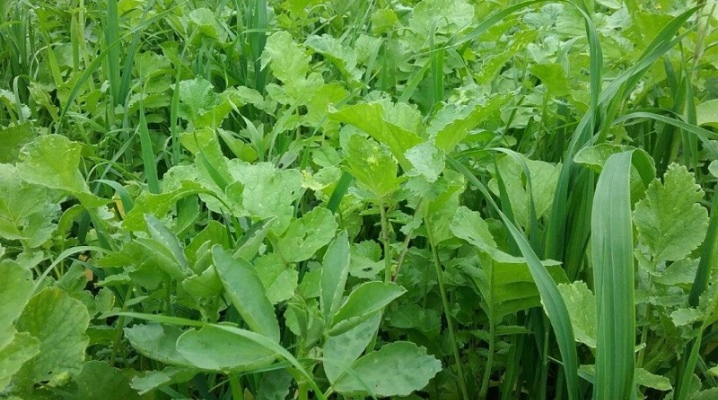
Features of oil radish as a siderata are very important information for any gardener and gardener. It is advisable to know the general description of oil radish, the benefits and harms of it. Additionally, it is worth studying how to sow it before winter and other application features.

Description
Oil radish is one of the most valuable forage plants. In any case, it is actively used as animal feed on large farms. But now its use in the form of green manure is gaining more and more importance. The oil radish forms a super powerful root system. It loosens the earth naturally.
It should be noted that this the plant is part of the cabbage family... Oil radish appeared in Asian countries. It has not been found in its wild form for a long time, but it has already become widespread in various states. This crop is one of the annuals, develops rapidly and can be sown several times in each season. It is characterized by excellent cold resistance. The duration of the growing season when sowing in the spring reaches about 60 days. If the radish is sown in the summer in between, it will grow for 40-45 days. Even seedlings are frost-resistant.
For your information: edible use of oil radish is not possible. It simply does not give fruit that a person could eat.
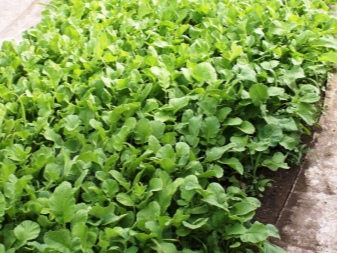

Benefit and harm
The use of oil radish as a green manure is very attractive. It allows you to improve the quality of the soil, making even the "heaviest" loam a light soil. Along with improving the mechanical structure of the soil, it actively saturates it with useful components. It is easy to achieve yields that are generally unattainable with other approaches. It is not for nothing that oil radish is actively used even in large agricultural holdings and in farms promoting environmentally friendly technologies. Oil radish leaves are suitable as livestock feed. The main root of this plant is especially powerful and easily seeps into the ground for more than 1 m, and this happens even in dense clay soil. The necessary improvement in soil characteristics occurs in just 40 days. The result is also achieved thanks to an extensive network of auxiliary roots.
During the season, 3 crops are successfully harvested. The correct technology will allow the soil to be saturated with nitrogen, phosphorus and potassium - without any special fertilizers or with minimal use of them. Essential oils left behind by mowed and buried radishes inhibit the development of potato scab, nematodes and wireworms. The effective development of soil microorganisms and worms is noted. Also noteworthy are the excellent melliferous qualities.
But it is worth noting the negative aspects of oil radish:
- the need for liming the site;
- the need for active irrigation when sprouts emerge, immediately before and during flowering;
- difficulties in obtaining silage and a high probability of its fermentation.

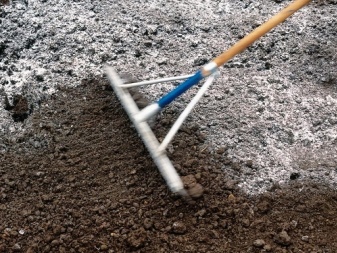
Sowing rules
The cold resistance of oil radish is quite high, so the seeds can be sown before winter. However, in this case, one cannot count on friendly shoots, since they are achieved only when planting in a well-heated ground. And it should remain that way until the seedlings are fully strengthened. The best time for sowing is the first half of April. In the summer, you can sow oil radish at any time, and in the fall no later than September 12-17, be sure to double the seed consumption for complete success.
Besides the timing, there are other important rules. After waiting for cloudy weather, you need to loosen or dig up the area a little. It is advisable to avoid sowing during hot periods - then germination is reduced by 50%. Sowing by the "scattering" method is recommended.
You should not plant oil radish if you plan to plant winter rapeseed later - this contributes to the spread of pests and dangerous diseases.
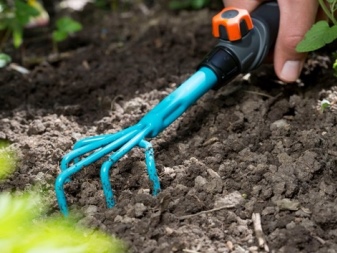
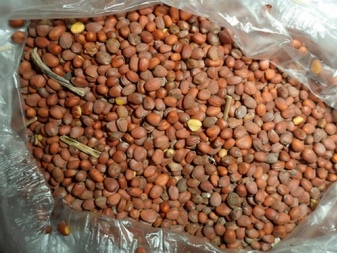
Care secrets
During the growing season, the plant does not need irrigation, additional feeding, or loosening. The only exception is when it is planted in slightly alkaline soil. Then you can add some healthy organics. In the industrial cultivation of radish, as soon as it is planted, the ground is immediately rolled up.
Harrow only as needed, but you need to do this before shoots appear. Weed control is important. Cruciferous flea beetle is very dangerous for oil radish; special drugs help to defeat it. Other pests are cabbage moth and cabbage fly. Of the diseases, it is worth fighting with peronosporosis and powdery mildew.

When to mow?
This green manure is allowed to be dug up. Late planted plants should be left on until the end of winter. In the spring, the green mass will rot and become a natural fertilizer. You can dig up the oil radish 45 days after the seeds germinate. Attention: the flowering time must not be missed, otherwise the green mass will be saturated with seeds. If the radish has bloomed, all that remains is to mow it and transfer it to the compost pit. Mowing should be done when digging. The green stems are crushed and immediately dug up the site. Digging must be completed 2 weeks before frost in the fall. Sideration of winter radish is carried out one month before sowing vegetables.
With late sowing, digging is generally contraindicated. In this case, the radish helps to retain snow on the site, and the increased saturation with moisture, in turn, reduces the freezing of the ground. Normal mowing is carried out 30 days after germination. If you plan to plant vegetables, you need to mow a month before sowing them. If it is suddenly decided to use part of the radish as feed, the mowing is carried out during budding. You need to hurry so that the pods do not have time to appear. 3 harvests are obtained if the mowing is carried out when the plants reach a height of 0.2-0.3 m. When planning to plant winter crops, you should mow the radish about 20-25 days before starting work with them.
When preparing the ground for spring planting with this plant, it is necessary to remove it as soon as the first frost is over.
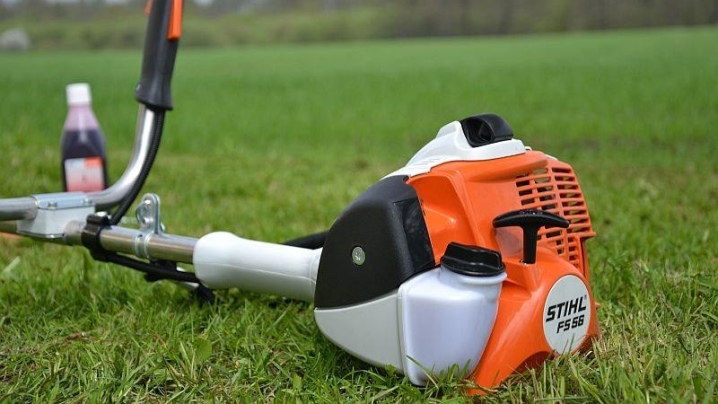
In the next video, you will find all the secrets of the correct sowing and seeding of oil radish.













The comment was sent successfully.